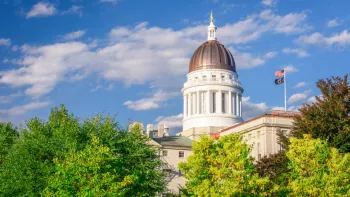Top Priorities for Partners & Communities
-
Partner with teacher unions, schools/districts, and TPPs to develop and implement induction experiences that help aspiring and emerging teachers develop positive community connections; a deeper appreciation for, and skills in working with, cultures within the community; and a shared sense of mission for social justice and opportunities for all students.
-
Partner with teacher unions, schools, and districts to develop and implement authentic, community-based learning opportunities that allow students to explore meaningful topics of interest that develop.
-
Partner with teacher unions, schools, and districts, to advocate for/ensure availability of resources, policies, and positive school environments so that each student has access to a great public school education.
More Ways partners & communities can support...
Professional Teachers
Ensure policymakers provide ample support for high-quality preparation, induction, and ongoing professional learning of all teachers and the resources to ensure each student has access to a great public school.
Collaborate with teachers and districts in the development of culturally responsive opportunities for students to engage in authentic community-based learning projects.



